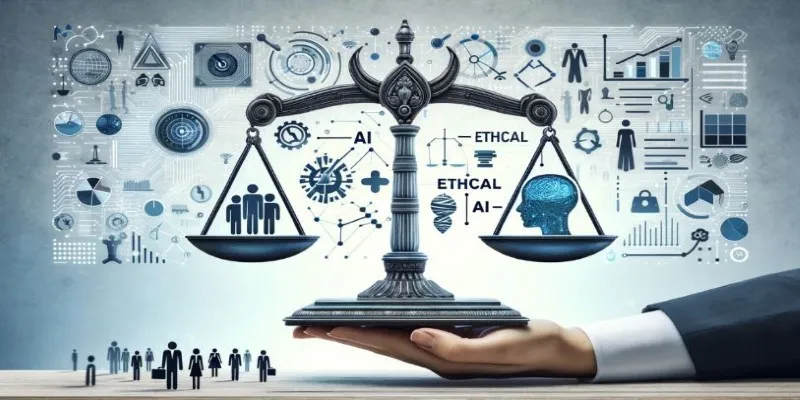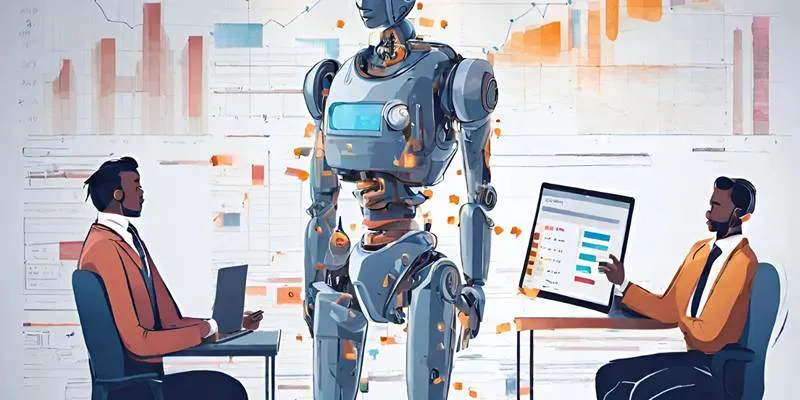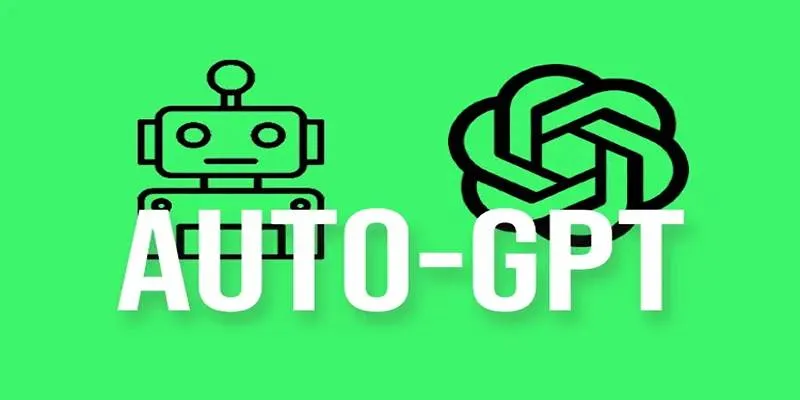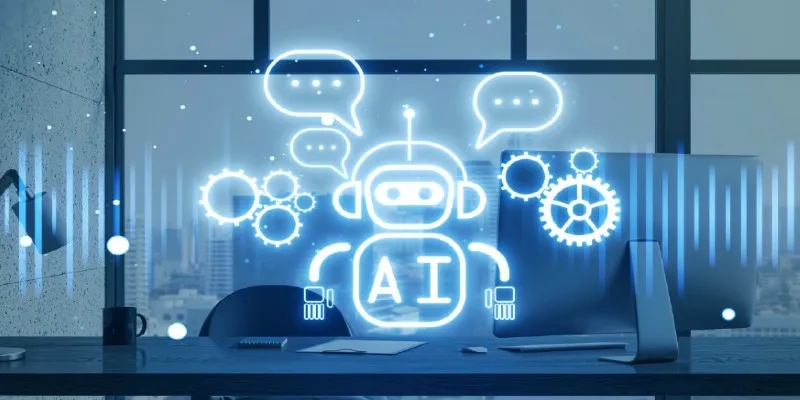In today’s fast-paced digital world, customers demand faster, smarter, and more accurate services. Whether it’s support calls, online chats, or processing requests, every second counts. This is where Artificial Intelligence (AI) plays a pivotal role. AI helps companies respond quicker, reduce human error, and offer personalized service — all while saving time and money. This post will explore how AI can increase service efficiency , its applications, and how companies can use it wisely to boost customer satisfaction.
Why Improving Service Efficiency Matters
Service efficiency refers to how quickly and accurately a business can fulfill customer requests or solve problems. When service processes are slow or disorganized, it can lead to long wait times, higher costs, and dissatisfied customers.
For businesses, improving efficiency means:
- Lower operational costs through reduced manual effort
- Better use of employee time by minimizing repetitive tasks
- Faster problem resolution, leading to improved customer satisfaction
- Increased ability to handle higher demand without sacrificing service quality
With AI, businesses gain tools that help them achieve all of the above with less effort and more accuracy.
The Role of AI in Service Efficiency
AI has become a crucial tool in service operations. It can quickly analyze data, understand customer behavior, and automate time-consuming processes. Many companies use AI to support both customer-facing and internal services.
Here’s how AI helps improve service efficiency across different industries.
Automating Routine and Repetitive Tasks

One of the most apparent benefits of AI is its ability to automate high- volume , repetitive tasks. These tasks are often the most time-consuming parts of service delivery and can easily lead to human errors when done manually.
Chatbots and Virtual Assistants
AI-powered chatbots can handle thousands of conversations simultaneously, offering quick answers to customer queries, guiding users through steps, or providing basic support. Many companies use chatbots to:
- Answer FAQs
- Schedule appointments
- Provide order updates
- Route complex issues to human agents
This type of automation frees up service teams to focus on more important or sensitive customer cases.
Robotic Process Automation (RPA)
RPA tools use AI to mimic human actions and complete structured, rule-based tasks. In service-based industries, this could include:
- Processing invoices or service tickets
- Transferring data between systems
- Sending automated emails or updates
- Generating routine reports
By using RPA, businesses can speed up operations, reduce errors, and maintain consistent workflows.
Delivering Personalized Customer Experiences
Customers are more likely to stay loyal to businesses that understand their needs. AI tools allow companies to deliver personalized experiences by analyzing past behaviors, preferences, and interactions.
AI-Powered Recommendations
Retailers and online platforms use AI to suggest products or services most relevant to each customer. These suggestions are based on:
- Previous purchases
- Search history
- Location or time of day
- Interaction patterns
When customers receive tailored suggestions, they are more likely to engage and return, increasing business value and reducing service time.
Predicting and Solving Problems Proactively
AI doesn’t just react—it can also predict. Using historical data and patterns, AI systems can identify service bottlenecks before they become major issues.
Predictive Analytics in Action
Businesses increasingly use AI for forecasting and trend analysis. Some examples include:
- Airlines predicting customer complaints by analyzing booking behaviors
- Telecom companies anticipating service outages based on usage spikes
- E-commerce platforms spotting delivery delays based on warehouse activity
By acting before a problem occurs, companies can avoid negative customer experiences and prevent service disruptions.
Supporting Employees with Smart Tools

AI is not about replacing humans—it’s about helping them work better. When AI supports employees, it improves productivity and reduces the chance of burnout from repetitive or overwhelming workloads.
AI as a Real-Time Assistant
Some AI tools assist employees during their service interactions by:
- Recommending responses during live chats or calls
- Flagging high-priority service requests
- Summarizing customer conversations for quicker follow-up
These features reduce decision fatigue and make it easier for employees to offer high-quality service in less time.
Examples of AI in Different Service Industries
AI isn’t limited to one industry. Here are a few ways it’s being used today:
- Retail : AI chatbots and personalized product recommendations
- Healthcare : AI tools for appointment scheduling and patient reminders
- Banking : Fraud detection and instant support through virtual agents
- Hospitality : AI-powered systems for room booking and guest queries
- Logistics : Route optimization and package tracking using AI algorithms
In each case, AI has made services faster, more reliable, and easier for both customers and staff.
Best Practices for Using AI Effectively
To get the most out of AI, companies should follow a few key principles:
- Start with clear goals : Identify which tasks or services could benefit most from automation.
- Keep humans involved : While AI can do a lot, it should never fully replace human decision-making where empathy or critical thinking is needed.
- Ensure quality data : AI works best when trained on accurate, unbiased data.
- Test and measure performance : Track how AI impacts service time, customer satisfaction, and cost.
- Train employees : Make sure staff know how to use AI tools and handle exceptions.
When AI is used thoughtfully, it becomes a powerful partner for business growth.
Conclusion
AI is transforming how businesses deliver services. From answering questions to predicting future needs, AI helps teams work smarter and serve customers faster. When used correctly, it doesn’t remove the human element—it enhances it. As more businesses adopt AI-powered tools, service delivery will continue to improve across all sectors. By automating repetitive tasks, supporting staff with real-time data, and personalizing the customer journey, AI provides a clear path to greater service efficiency and long-term success.
 zfn9
zfn9























